If you're new to hunting, you may wonder how other hunters are able to display perfectly cleaned skulls among their trophies. It may surprise you to know, you can actually complete this process on your own at home – and they clean the skull with OxiClean!
If you peruse around online, you will find several ways to clean or remove remaining tissue from a deer skull found in the woods.
Here are just a few ways to degrease a deer skull:
- Boiling water
- Buried in the ground
- Beetles
- Environmental
- OxiClean
I spent time researching the skull-cleaning process. The smaller skulls, from what I’ve learned, won’t stand up to the boiling water method without some bone breaking down. And for me, the beatles, environmental, and buried methods were going to take too long, so OxiClean was a good option.
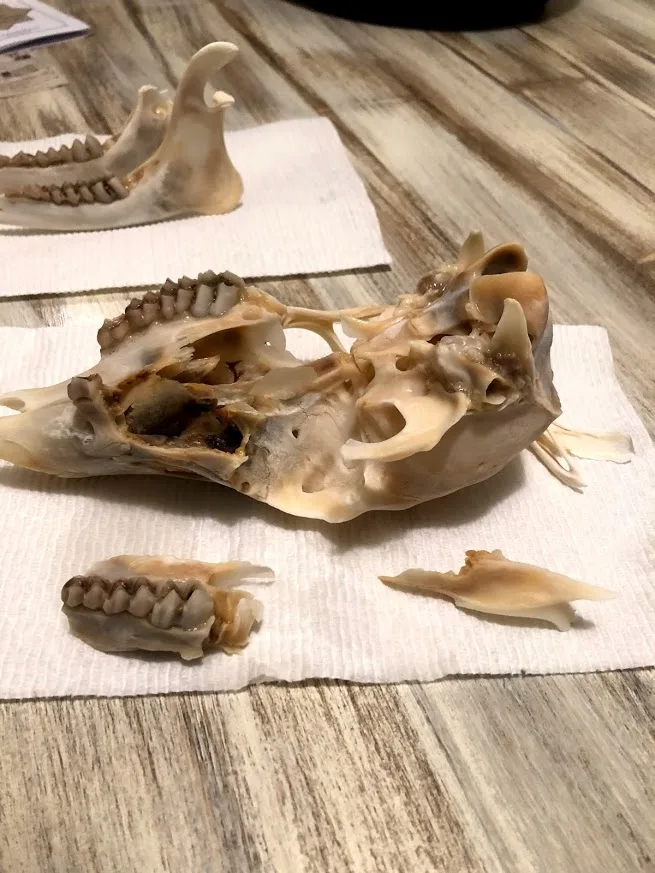
My first trial of the OxiClean method was with a porcupine skull. The process was easy and the skull came out super clean and void of grease/fatty residue. It came out so well that I opted to use the same process on a deer skull that was a roadkill pick-up this year.
And we know you are going to try this at home, so just go ahead and head over to Amazon and grab some OxiClean now!
How to Clean a Skull with OxiClean
Use a Large Pot
You'll want to use a pot large enough for your animal skull to be fully submerged in water plus 2-5 inches to allow for the OxiClean action. Fill the pot with water and boil. I use a stainless steel pot – the tall type used for boiling whole, long spaghetti.
Add the OxiClean
Turn off the heat and remove from the burner. Place the skull in hot water. Add OxiClean one tablespoon at a time. It only takes a small amount. For the deer skull, I used about 1/4 cup. NOTE: Adding the OxiClean begins an immediate enzymatic process. I suggest completely removing the pot from the stove just in case it foams over the top of your pot.
Get Back to Room Temp
Allow the water to return to room temperature. This might take all day or overnight depending on the amount of water and pot you used. I believe that this one small factor facilitated the OxiClean method.
Remove the Skull
Remove the skull, empty, and clean your pot. With this particular skull, I had left the hide and ears and had not done any tissue removal. The hide and ears came off without difficulty and I removed any remaining tissue using my fingers.
Repeat
Repeat steps one through four until the skull is void of all tissue, including the connective tissues that hold the two halves of the lower mandible together. You can glue the two halves together with a hot glue gun which will provide enough glue to mimic the tissues removed. I opted to remove the lower mandible after the second round for two reasons. First, the teeth can and will loosen and I wanted to keep track of them. Second, the lower mandible requires fewer steps to repeat.
Read More: How to Restore Antler Sheds
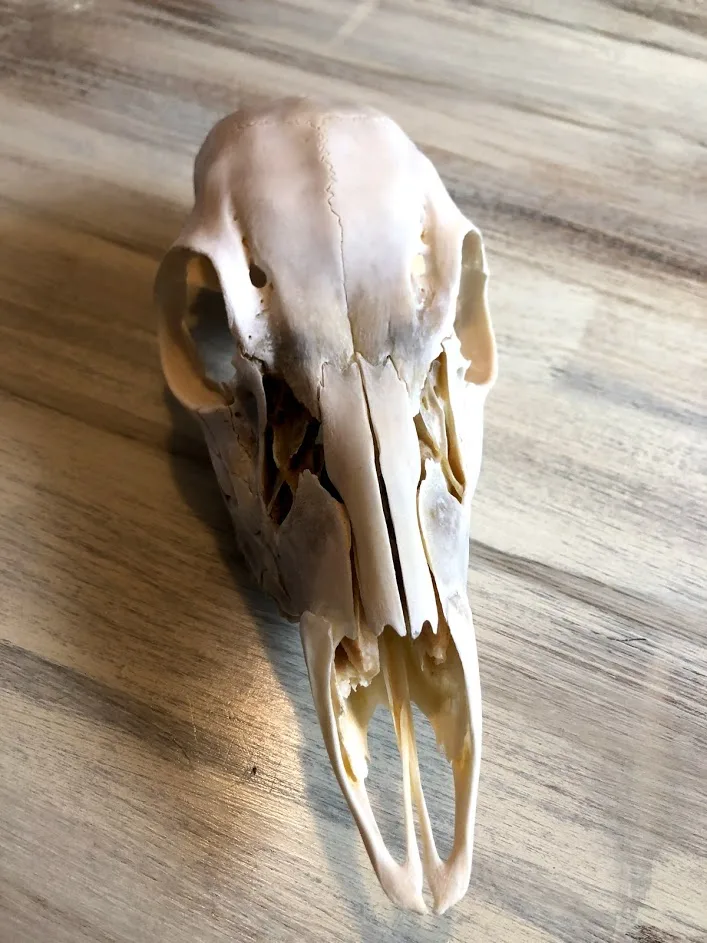
Lessons learned from skull cleaning with OxiClean:
Use a Metal Skewer
I used a small metal skewer to pick out loose tissues in the tiny crevasses and to “scramble” the brains. Next time I will try not to do either of these steps just to see if they are necessary.
You Can Try Hydrogen Peroxide
Since I didn’t continue putting the lower mandible in the OxiClean bath after it was void of tissue, it was a little darker/yellower than the skull. So, I placed it in a hydrogen peroxide bath for a few hours. For this step, I used 3% hydrogen peroxide, purchased at the store, in a 1:3 ratio with water (one full bottle of peroxide and three parts water which was enough to submerge the skull and mandible).
It's Okay to Use Glue
My deer was a roadkill and I discovered through the process that the jaw and face had been badly damaged by the vehicle she collided with. I simply did the best I could to glue the jaw pieces back together with Super Glue. I also used the Super Glue to glue her teeth into place.
I used a hot glue gun to re-join the two pieces of the lower mandible together and to connect it to its pivot points on the skull. You don’t have to do this part if you are going to do a more traditional European Mount.
Edit as Needed
Since this deer encountered significant facial trauma, her sinus cavities had a significant amount of blood in them. With my metal skewer, I carefully pushed some through each time I pulled her out of the bath. I’m not certain I needed to do this but two things became apparent as I continued with the steps. One, I was dealing with a juvenile deer with fragile facial bones, primarily in the sinus area. Two, the facial trauma and shattered bones had me concerned that too many additional baths might begin to degrade the skull's already fragile state.
I will continue to use this OxiClean method in the future. I have successfully used the method on small game skulls, and two wild rabbits, since completing the deer skull.
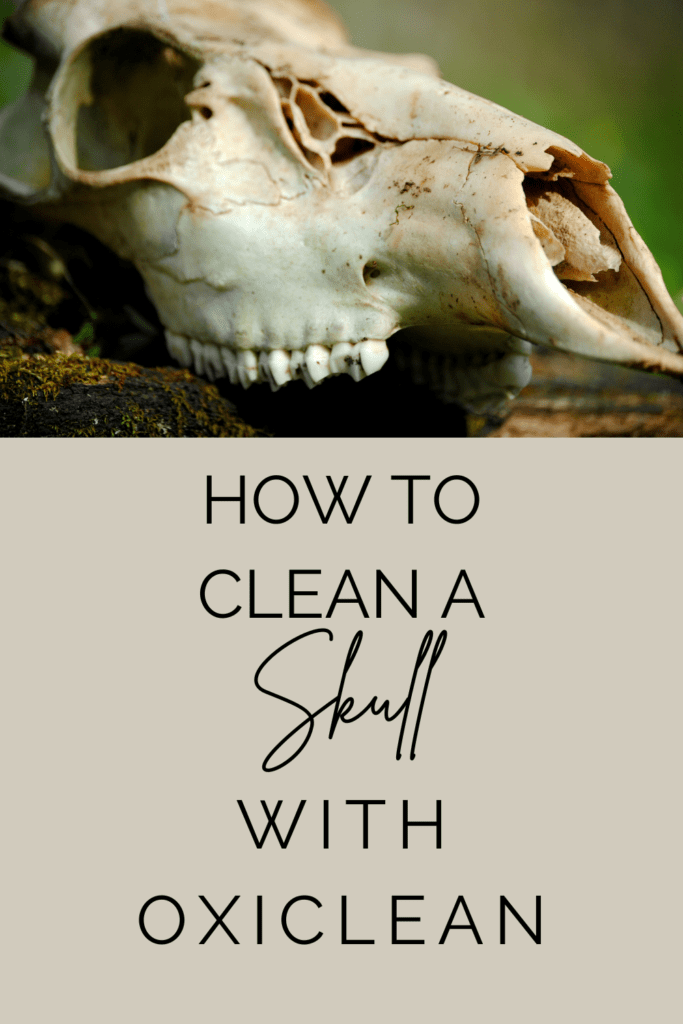
Commonly Asked Questions About Degreasing a Skull and Using OxiClean for Skull Cleaning:
What to put in water when boiling deer skulls?
When boiling a deer skull for a European mount, you should add a degreaser such as Dawn dish soap or Borax to the water. This will help remove any remaining flesh or fat from the skull. You can also add hydrogen peroxide to whiten the skull after boiling.
Sodium Carbonate
Sodium carbonate, also known as washing soda, is a common ingredient used when boiling deer skulls. It helps to break down the tissue and remove any remaining flesh or fat. It is important to use the correct amount of sodium carbonate, as too much can damage the bone.
Hydrogen Peroxide
Hydrogen peroxide is often used in combination with sodium carbonate to whiten and brighten the skull. It helps to remove any remaining stains or discoloration on the bone. It is important to dilute the hydrogen peroxide before using it on the skull.
Dish Soap
Dish soap can be added to the boiling water to help break down any grease or oil on the skull. It also helps to remove any dirt or debris that may be stuck to the bone.
Bleach
Bleach can be used to whiten the skull, but it should be used with caution. It can damage the bone if left in the water for too long or if too much is used. It is important to dilute the bleach before using it on the skull.
Borax
Borax is a natural mineral that can be used to clean and whiten the skull. It is a safer alternative to bleach and can be found at most hardware stores. It is important to use the correct amount of borax, as too much can damage the bone.
Vinegar
Vinegar can be added to the boiling water to help remove any remaining tissue or fat on the skull. It also helps to neutralize any odors that may be present. It is important to dilute the vinegar before using it on the skull.
Salt
Salt can be added to the boiling water to help preserve the skull. It helps to draw out any remaining moisture and prevent bacteria growth. It is important to use the correct amount of salt, as too much can damage the bone.
How to whiten deer skull with peroxide?
We get this question a lot! Simple answer? To whiten a deer skull with hydrogen peroxide, you will need to first clean the skull thoroughly and remove any remaining flesh or tissue. Then, mix hydrogen peroxide with water in a 1:1 ratio and soak the skull in the solution for several hours or overnight. Rinse the skull with water and let it dry completely before displaying it.
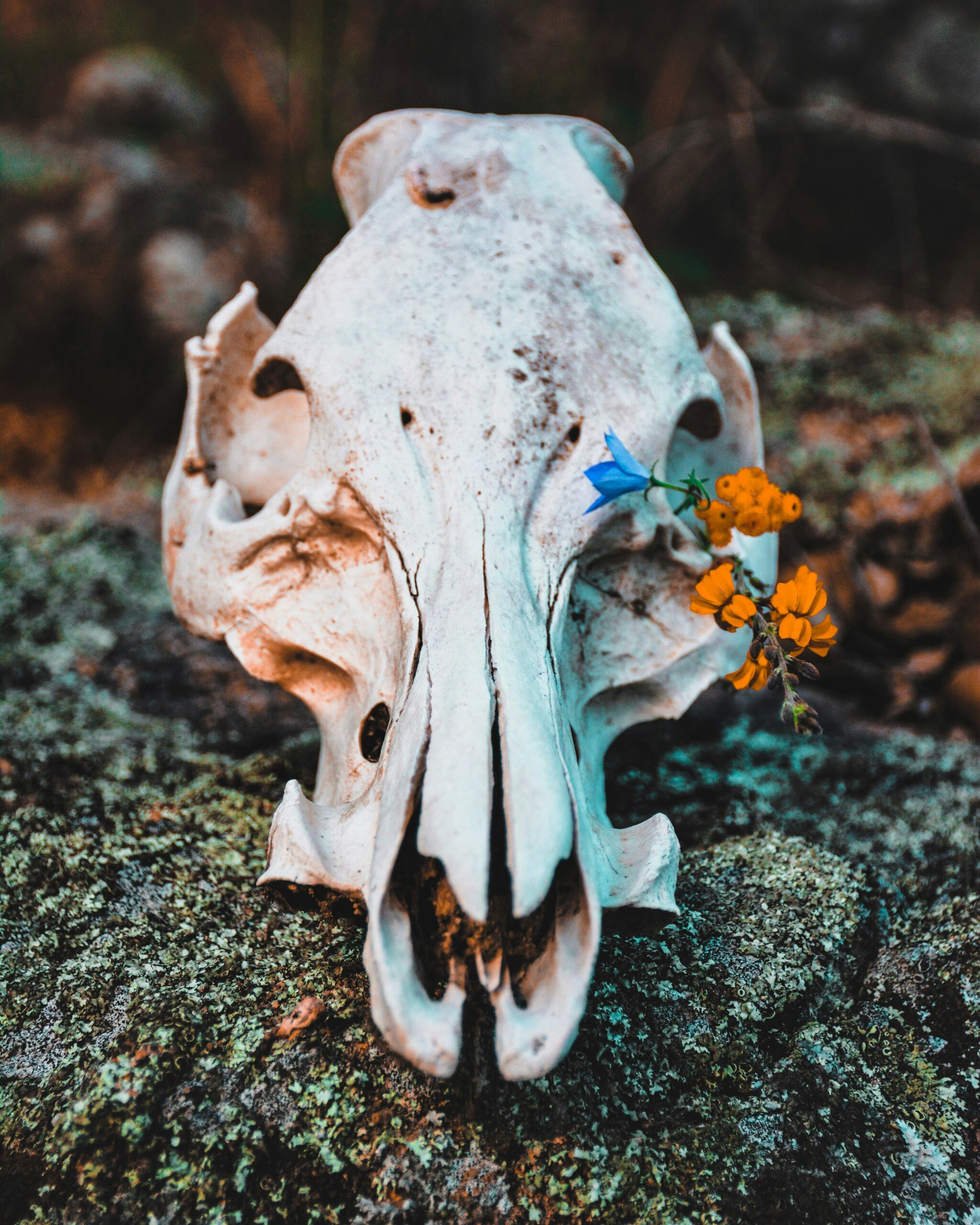
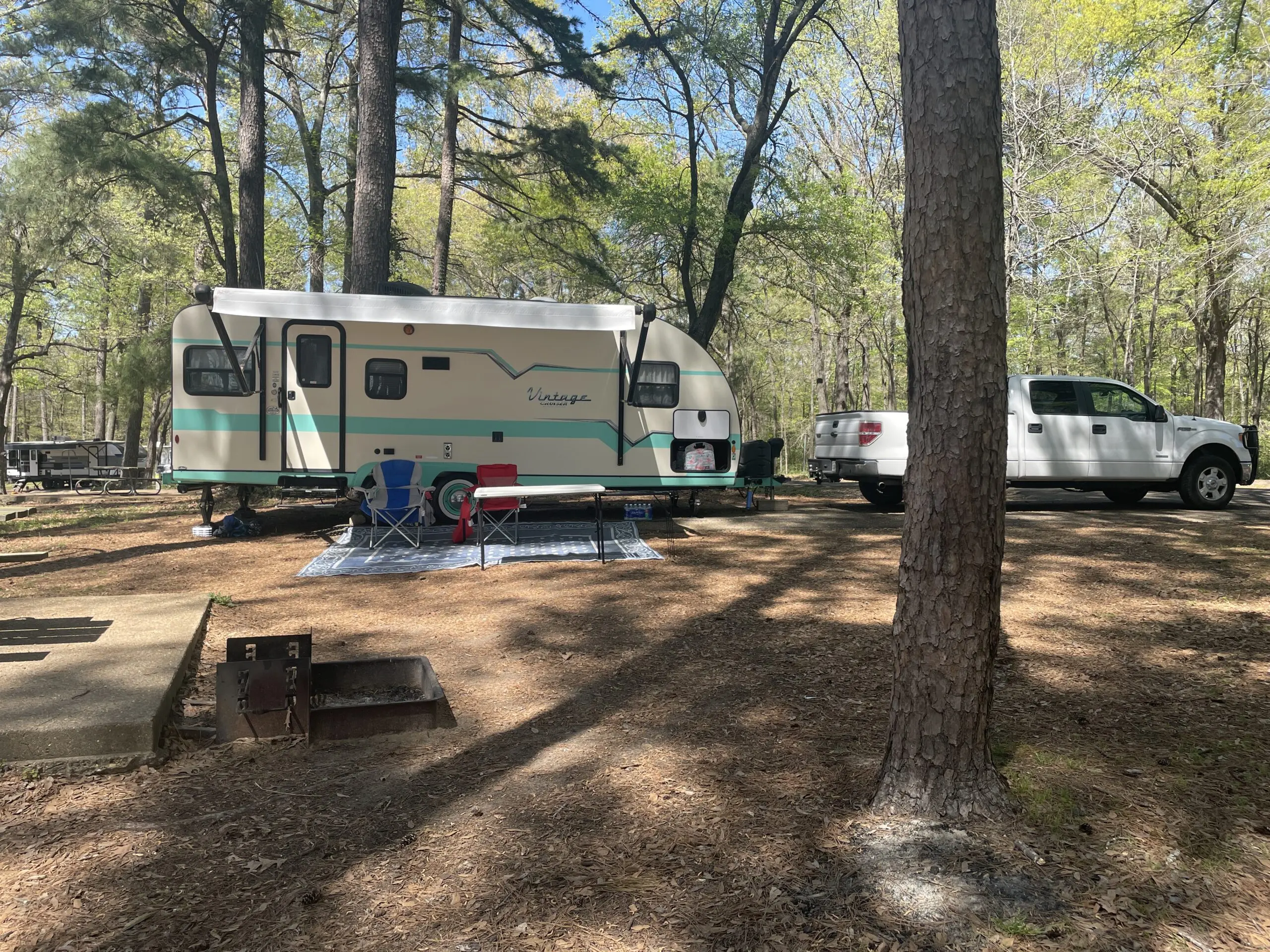
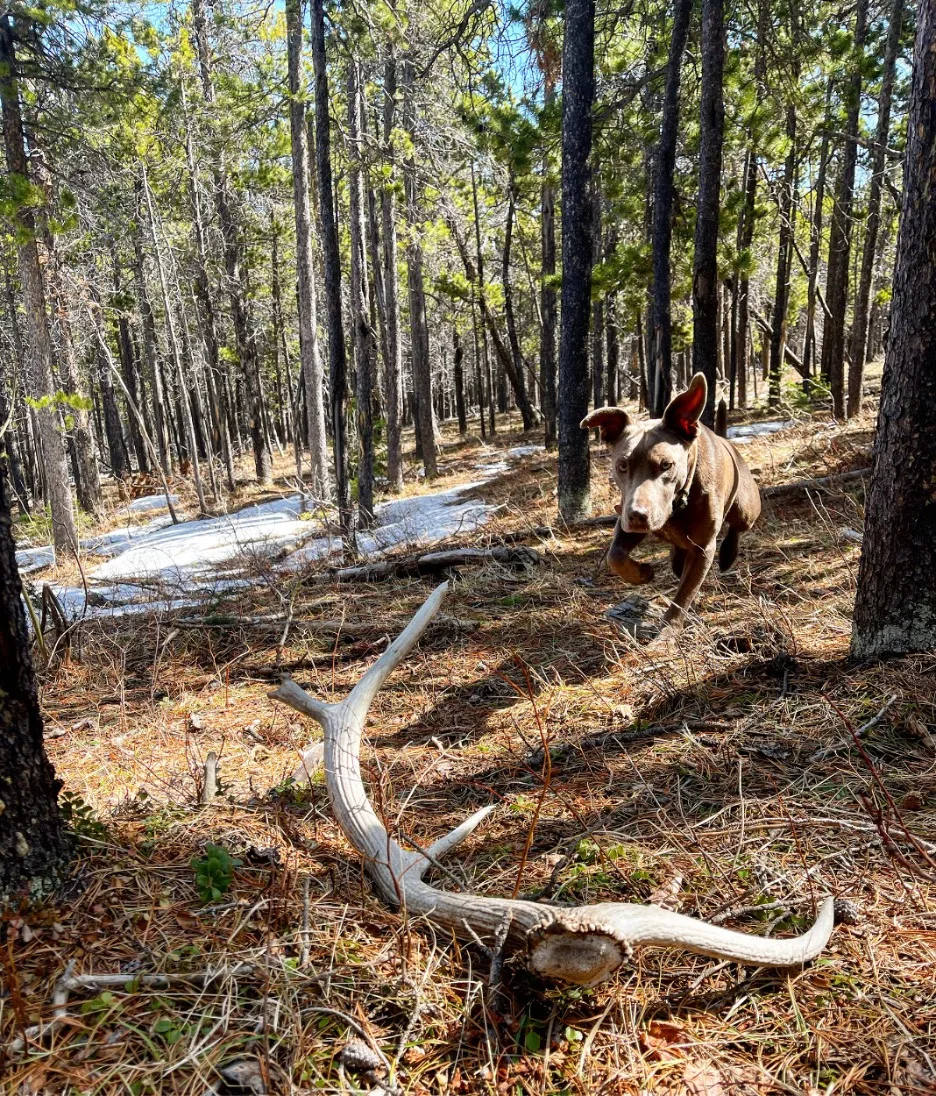

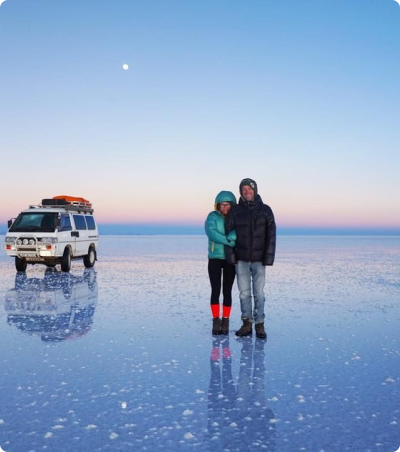
One thought on “How to Clean a Skull with OxiClean”